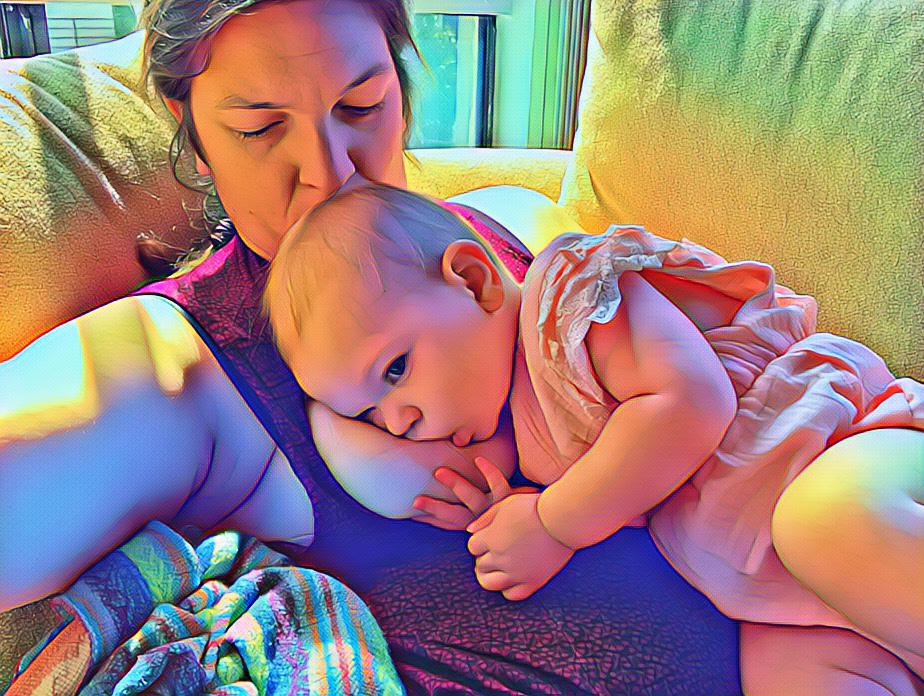Did you know that not only do the volumes of milk produced by the left and right breast differ, the milk made in the left breast can also taste different than that made in the right… during the same feeding!!
What you eat used to change the flavor of your amniotic fluid, exposing baby when they were a fetus to the profile of your diet, preparing them for the flavors they would later experience in your breast milk. Eating a wide variety in your diet while you’re pregnant and breastfeeding exposes your little one to a wide variety of flavors, getting them used to the spices, herbs and tastes of food they will be given when they start table food eaten by your family. The more of a particular food you eat, research says, the better the chance your baby will also like to eat that food.
Eating allergenic foods during pregnancy also protects baby from food allergies, especially if you continue to eat them while breastfeeding suggests new research. So far, there is no evidence that avoiding certain foods while breastfeeding helps prevent baby from developing allergies or asthma. The exception to that might be eczema: avoiding certain foods may reduce the risk of eczema. Allergy studies are challenging because of many factors, including food introduction, genetics, and maternal diet. Most studies conclude that exclusive breastfeeding (even as little as one month) lessens how often some allergies occur. Evidence also suggests that exclusive breastfeeding during the first four months may offer protection against certain types of allergic diseases including cow’s milk allergy and atopic dermatitis. So while oatmeal 24/7 may help increase your milk supply, switch it up for baby’s sake (and yours!!)







